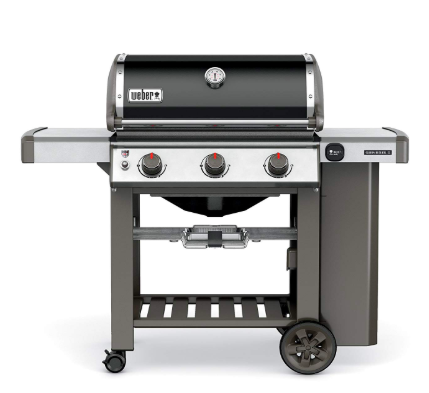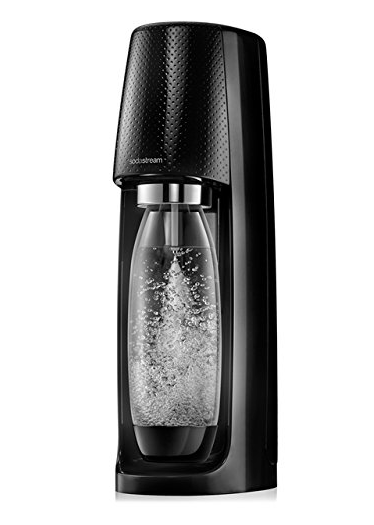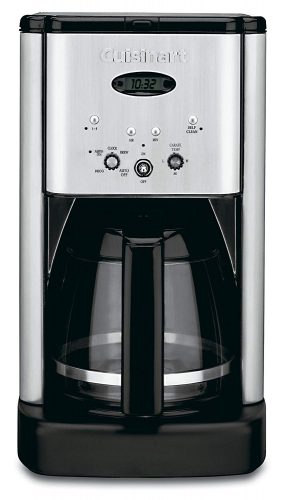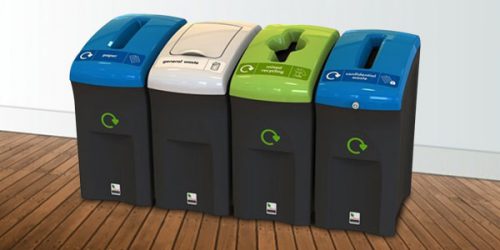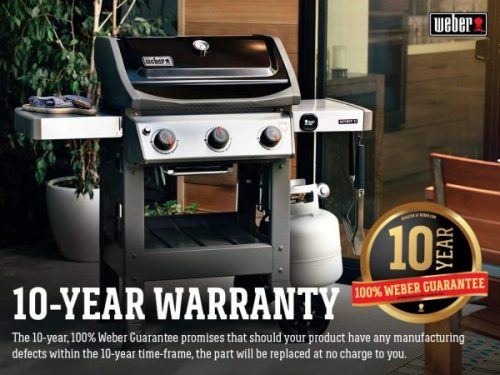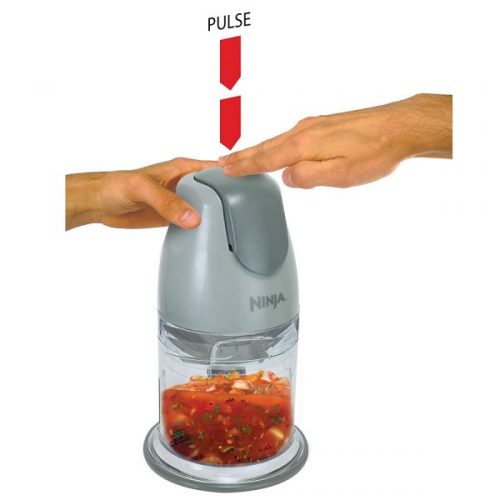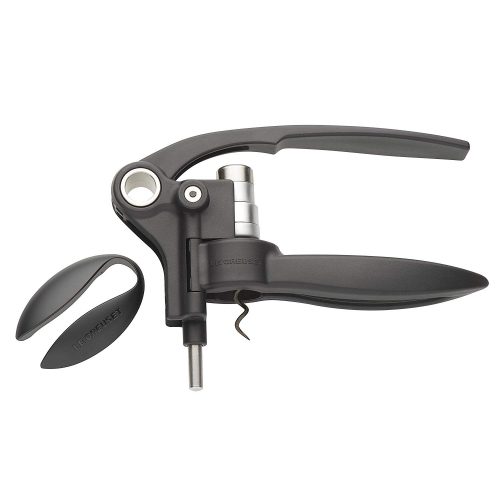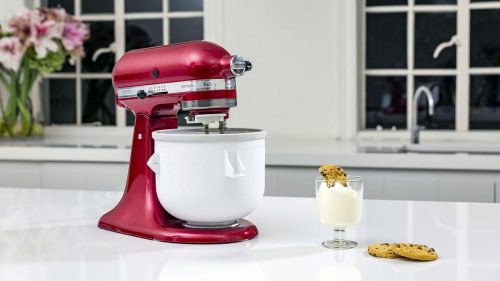
When the mercury starts climbing, nothing screams “summertime” like homemade ice cream. When you make it yourself, the possibilities for unique flavor combinations are endless; the right ice cream maker can guarantee success every time. We like the Whynter SNO Ice Cream Maker ($210) for its intuitive design, superior results, and no-prep-needed compressor—while many competitors require time-consuming pre-freezing of the bowl, this one lets you churn out batch after batch. And it produced the creamiest ice cream of all the makers we tested.
The creamiest, easiest ice cream
The Whytner SNO Ice Cream Maker has an intuitive design and doesn’t require any time-consuming prep. On top of that, it produces superior results compared to the competition—the creamiest texture of all those we tested.
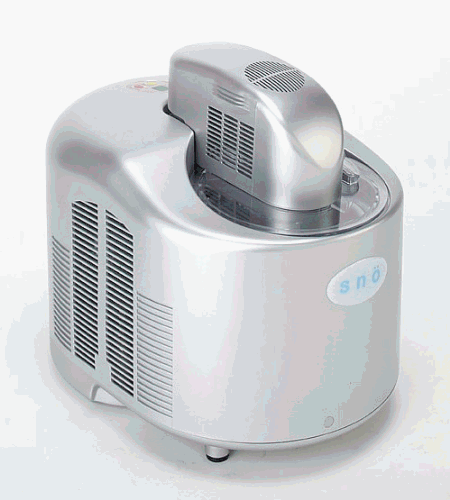
We discovered this after 50 hours of research and testing, which included talking to local Brooklyn ice cream experts, taking an informal poll of our readers, checking authoritative editorial sources on the subject, and poring over countless reviews of ice cream makers on Amazon. We brought in nine models to test, and after turning 18 quarts of Ample Hills Sweet Cream base into ice cream (with and without mix-ins), we narrowed the search to four models that will fit any budget.
The runner-up Cuisinart ICE-100


The budget pick
If spending over $200 on an ice cream maker sounds a bit steep to you, the Nostalgia Electrics ICMP400 ($30) is just one step beyond the old-fashioned hand crank models. While it still requires ice and salt to freeze the mixture, this machine is fitted with a motor to do all of the hard work for you. It can make up to 1 gallon of ice cream at a time, and as long as you have enough ice and rock salt, you can turn ice cream all day!
For KitchenAid mixers

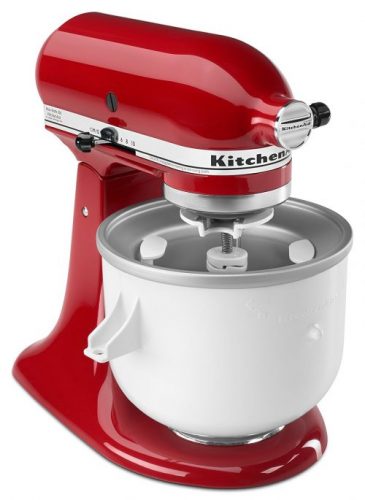
If you own a KitchenAid stand mixer, we really like the KitchenAid Ice Cream Maker($79) attachment, too. This is a bowl that requires prefreezing. What’s unique about this: it makes the absolute fluffiest ice cream out of the nine ice cream makers we brought in due to the fact that the lowest setting on the KitchenAid stand mixer is still faster than the speed at which ice cream makers spin. We didn’t mind the texture at all; in fact it was quite pleasant.
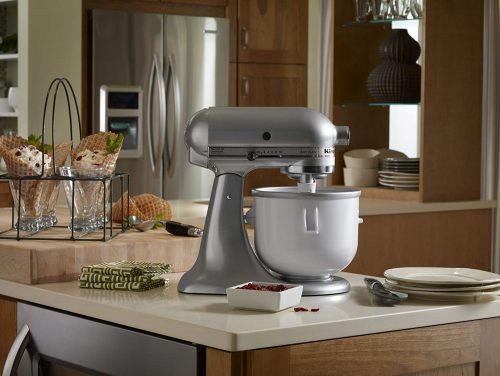
Why you should trust me
Although I didn’t spend very much time as a pastry cook in my career, I have made a bunch of ice cream and frozen yogurt. When I was a fresh-faced line cook in New York City, I would hang out in the pastry kitchen as much as I could. Not only did I have to spin a horseradish creme fraiche sorbet that was served as a garnish on the tuna tartare everyday before service, but I would also learn about ice cream from the pastry cooks. Ice cream is the best because you don’t have to turn on an oven and it always makes people smile.
How we tested and picked
There are three main types of ice cream makers: frozen bowl inserts (either electric or hand-cranked), ice and salt churners (electric or hand-cranked), and compressor machines which can freeze the custard on their own. (Read more in Types of ice cream makers.)
To figure out which would be best, we read editorial from Cook’s Illustrated(subscription required) and Good Housekeeping. We also talked to three professional ice cream makers to ask what they use for making smaller batches at home. While there was no consensus, some of the experts did point us to specific models they enjoyed using. We also polled Sweethome readers to find out what they were looking to pay for an ice cream maker and what features would be most convenient for them.
Since there was no consensus on which type of maker we should focus on, we decided to run tests on nine models that included nearly every variation: hand-cranked, electric, high capacity, tiny, frozen insert, ice/salt, and compressor. The only kind we knew we didn’t want to try were the hand-cranked, large capacity ice & salt models, as those would be too much of a pain to churn.



